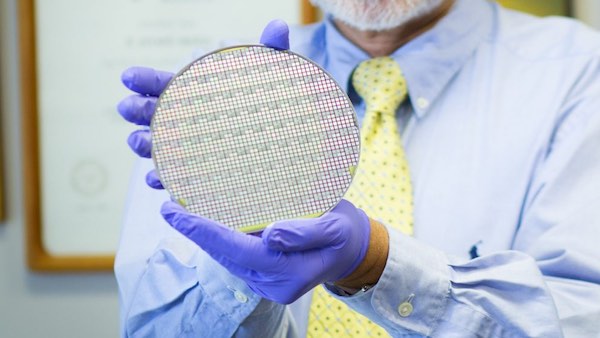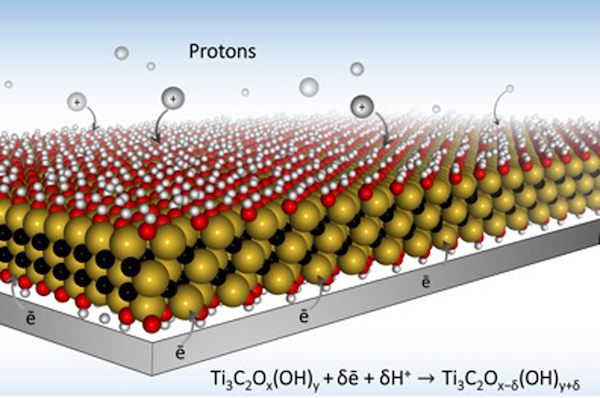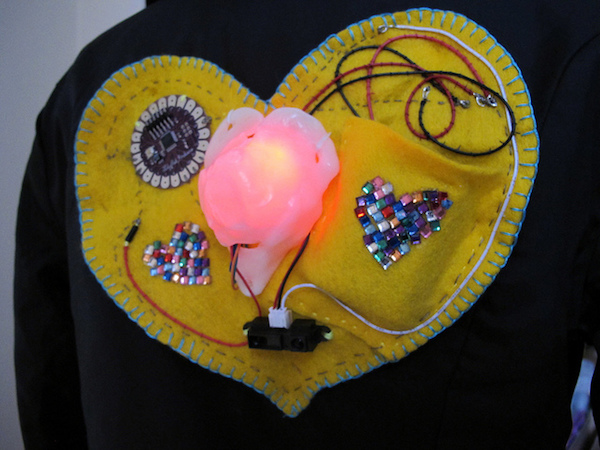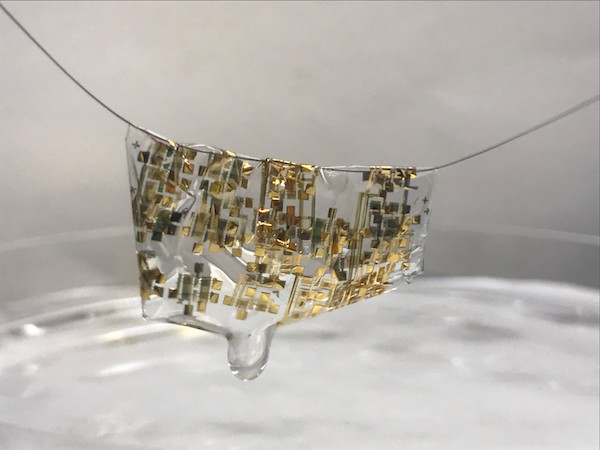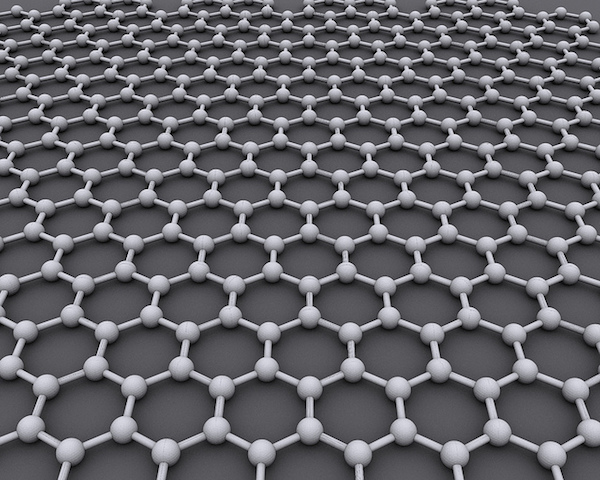Ceramics UK, taking place July 10–11, 2019 in Shropshire, England, will showcase the historical and growing technical ceramics industry in the UK. The conference is projected to attract more than 3,000 attendees and 200 exhibitors worldwide.
Read MoreResearchers have found a way to send and receive signals between electronic devices over long distances. Long-range backscatter is a low-cost process that uses low power and represents a breakthrough for many applications, including flexible medical devices.
Read MoreJapanese company Hoya is developing thin glass disks that the company is betting will be increasingly incorporated into larger hard disk drives used in computers—Hoya is setting its sights on large-scale glass data storage, with reported capabilities of reaching 20 TB capacities by 2020.
Read MoreResearchers have designed battery electrodes using MXene, a highly conductive material, that could accelerate battery-charging times. The research could also solve the electric vehicle industry’s battery-charging challenges.
Read MoreJohns Hopkins University researchers have created a new alloy that is stronger and more conductive than silicon. Their findings could mean a change in the components of micro-electro-mechanical systems (MEMS) for future applications.
Read MoreA team of materials scientists at the University of Massachusetts Amherst has developed a way to turn fabric into a conductor of electricity that is capable of powering small electronics. A vapor deposition method turns woven fabrics into electrical conductors without changing properties of the fabrics.
Read MoreOur electronic devices might become biodegradable in the future. Stanford researchers have created a biodegradable electronic device characteristic of human skin—flexible, self-healing, and degradable with the addition of a weak acid.
Read MoreA Rutgers University research team has created a powerful and more efficient way to cool those tiny chips in computer devices using a combination of graphene and boron nitride.
Read MoreGlass and ceramic materials are enabling technologies that make a ton of today’s tech possible, even though the materials’ role in these products is often overlooked.
Read More

